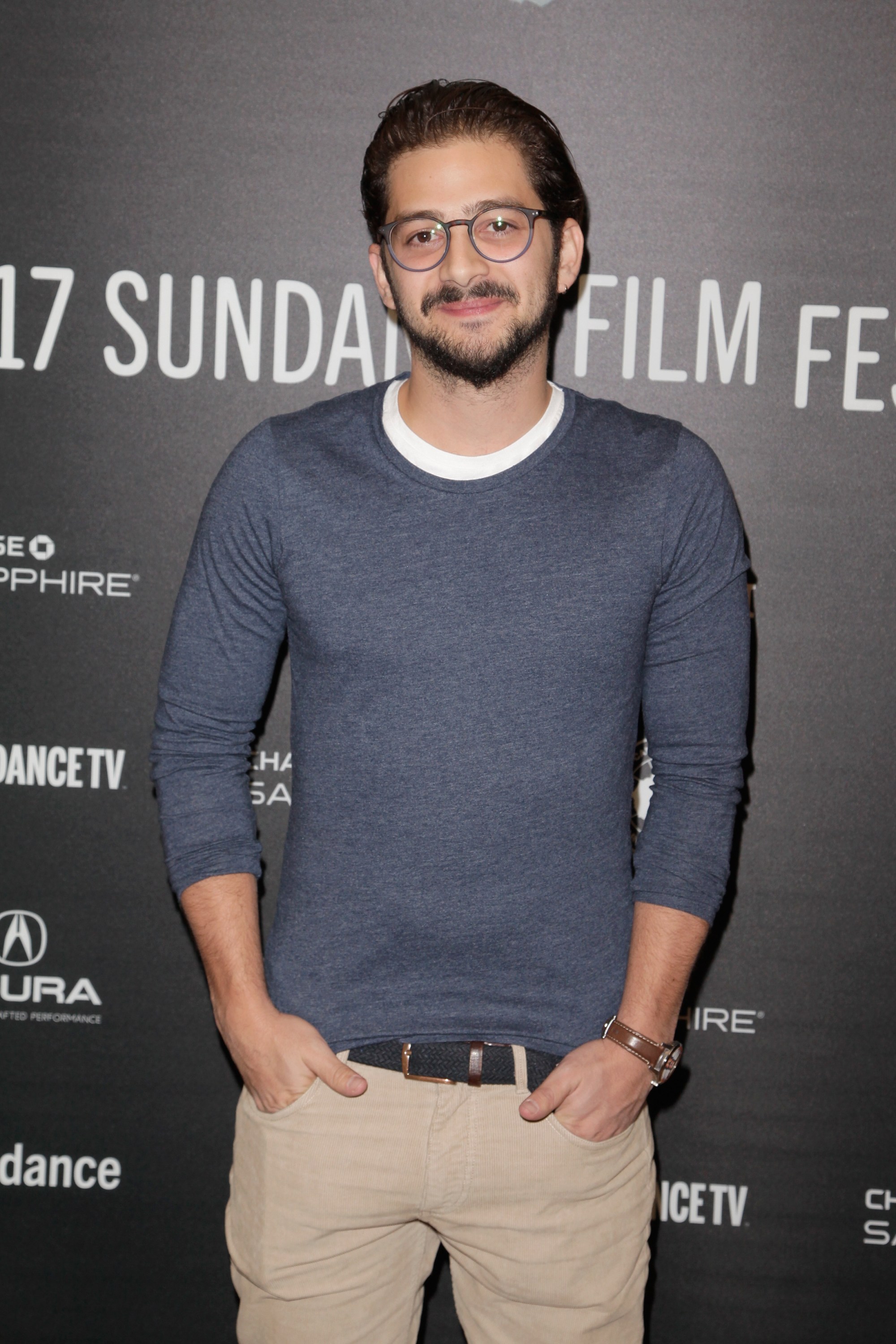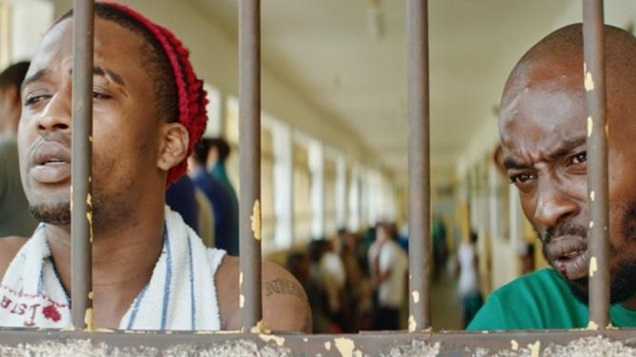
- Interviews
José María Cabral, a Dominican in Sundance: ‘We’re all chained to a million different things’
Carpinteros didn’t just become the first Dominican film to have been admitted to the Sundance Film Festival’s International Competition, it also managed to open to good reviews from critics and the public alike. Entirely shot in three different prisons, the film blends professional actors with actual inmates, creating a whole new level or realism to the film. Carpinteros is mostly a love story between a new convict (Jean Jean) and a female prisoner (Judith Rodríguez Pérez) who spends her days in an all-female institution a couple hundred feet away. In the beginning the two communicate from afar via hand signals, trying to get a feel for the new face across the yard, in an act known in jail as carpentear. We talked to director José María Cabral in Sundance to learn more about Carpinteros, his sixth directorial project.
How did Carpinteros come to be?
It started when a friend of mine who was teaching some classes in Najayo, a jail in the Dominican Republic, told me that the inmates there would spend their time communicating via hand signals through the window, and I was like “Wow, show me!” There I discovered that they talk through sign language, so I began interviewing the prisoners and we talked just about everything, their girlfriends on the other side…And I continued to look into the subject I realized just how horrible the living conditions these people were exposed to really were…overcrowded prisons that were filthy to the core. We have this idea that prisons are filled with violence, then all of a sudden, this shimmer of light appears through which people can find some form of civility, like this sign language used to get girls to fall in love with them. That’s when I said “We have to make a movie.” And that’s when I launched a 9-month investigation where I spent most of my time researching, recreating scenes, and conducting interviews until I ended up holding a casting within the prisoners and many ended up working on the film.
Carpinteros was filmed entirely within a prison, right? How’d you manage to pull that off? One has the notion that a prison has a very controlled but at the same time very dangerous environment.
It is, it is. Especially in La Victoria, a jail built for 2,000 that houses 7,000 inmates. We asked the Attorney General’s Office of the Republic for a permit and they gave us the green light. After that it not only became about getting the trust and support of the authorities, but of the inmates themselves, because we needed that, it was very important.
Did you ever feel you were in danger during the shoot?
Yes. There was a particularly tense moment where our protagonist enters La Victoria and things got a little out of hand when everyone started hitting his head. So, the police had to get involved and I had to intervene, protect my actor and run. That why we only have one shot of that in the entire film and it looks like a documentary because, it was. We couldn’t go for another take, it was one and done.
The impression that one gets from the film is that everything is very chaotic, people sleep on the floor… Did you recreate that as is or did you take some artistic liberties?
I imagine that after finishing with the shoot you were glad you were only a visitor.
Yeah, Yeah. There was one night where it really hit me hard, where I couldn’t sleep and it really annoyed me, there comes a point where being there for so many days starts to affect you emotionally.

Did a lot of prisoners take part in the cast?
Yes. Almost 80% of the cast consisted of inmates. All the supporting roles and extras are inmates. Same with the guards. We didn’t even have to make uniforms, it’s exactly what they wore in real life. We tried to portray them in the most realistic way possible.
Was the sex scene also filmed in the prison? It must’ve been very difficult to shoot…
Yes, we shot it right then and there… I can’t even explain how, but we did it. When it was time to shoot, we had to clean up a bit because it was incredibly filthy, we tried to clean and, well, we closed the set off for a bit, and that’s about it.
Why do you think we as the audience are interested in what happens behind those walls?
I think that this genre manages to catch our eye because we ourselves are tied to a million different things, to a government we don’t like, maybe our own opinions, or psychological problems we carry around with us. People can identify with the situation, and I also think, that horror, is the place where people never want to end up. You know the people in there are human, and the only think that separates you from them is a decision they made with their life. So it plays two different roles, the side that identifies with, because of our personal chains, and the other “I never want to be in that place”.
Does the fact that your film was selected for Sundance say anything about the current state of Dominican filmmaking?
Of course it does. A while ago a new law regarding film was passed, and that says we are on our way to being able to make a different kind of film. I’m sure that my film isn’t nor will be the only film to make it to the big leagues and reach other distributors and markets. I think it’s the start of a rise of Dominican film. That people will not only know my name, but the name of many other fellow colleagues who are making films themselves.

